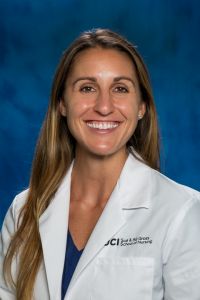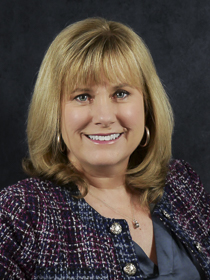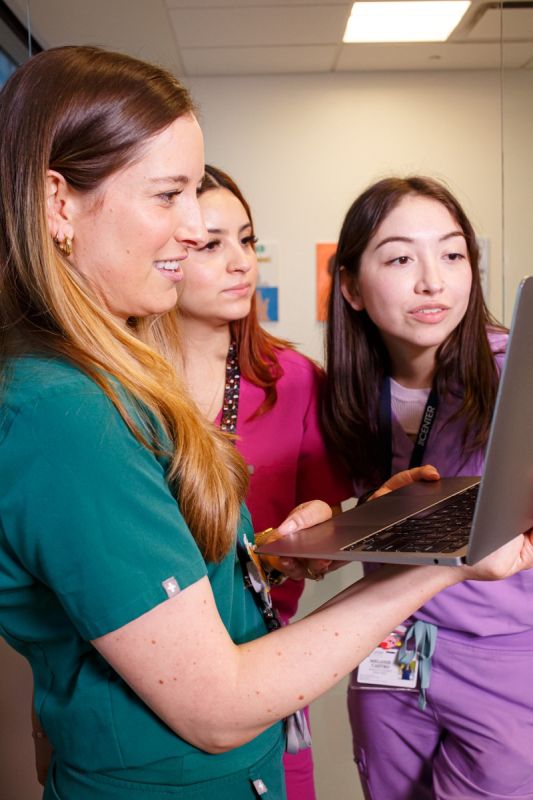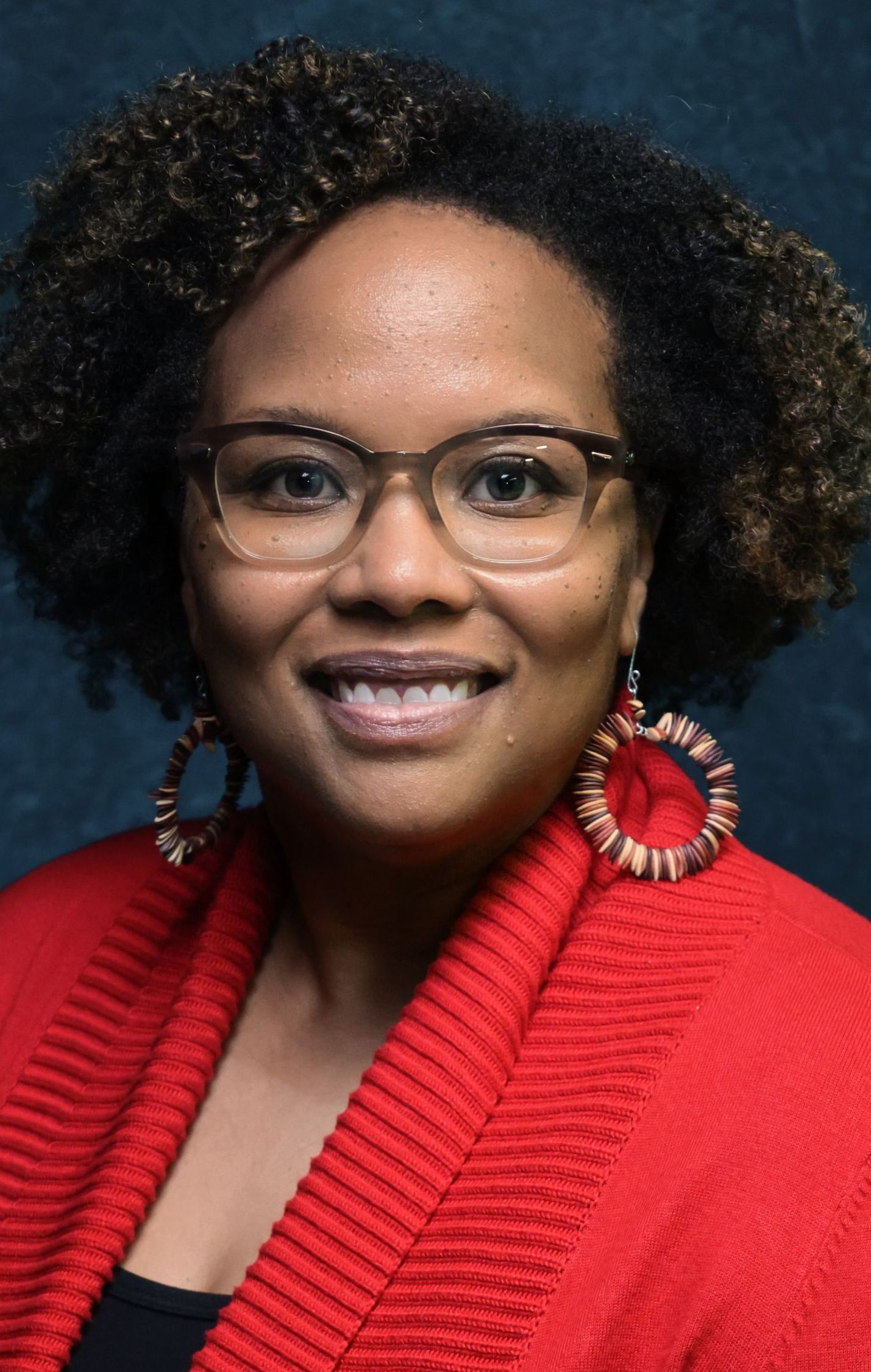 In a typical year, nursing students spend time in the hospital directly caring for patients. But this year has been anything but typical for students like Emily Enos.
In a typical year, nursing students spend time in the hospital directly caring for patients. But this year has been anything but typical for students like Emily Enos.
Most of the learning experiences are happening outside of the hospital setting. One of those places is the UCI Medical Center transfer center.
There, patients at other hospitals in the region are assessed to determine if they should be transferred to the medical center for a higher level of care.
New nursing graduate Enos is one student who worked in the transfer center with neuroscience ICU nurse Nadia Lopez. It turned out to be a fortuitous pairing.
An intensive education
Enos received an education that she would not have been able to get working at the bedside in the hospital.
The match was also great in another way: Enos wants to be an ICU nurse herself.
“She was an amazing teacher,” Enos remembers. “When you get that sort of experience as a new nurse that has the trajectory you want, you wish you could spend days and days.”
Nursing at the bedside is a busy job. One rarely has the time to examine every aspect of a patient’s history. That history can often be a long one.
“When that initial call gets placed,” Enos says, “the hospital sends over all the documents on the patient. It can be 40 to 50 pages of charting.”
Invaluable one-on-one time
Enos would review it all and present her recommendations to Lopez, who would then quiz her students.
“Nadia was an exceptional teacher. She was very picky in a very good way,” Enos says. “We don’t have that kind of one-on-one time with people throughout the program, so to have her was very, very invaluable.”
The admiration is mutual. “Emily was very open and very mature. I appreciated her feedback, research and leadership. It was a great experience with her.”
First nurse to work in transfer center
Lopez, who has been a nurse for 20 years, came to the transfer center four months ago to be its first nurse. The transfer center is a division of the Staffing Patient Placement Office (SPPO), which is responsible for patient flow.
Although she was hired to review neuroscience cases, that quickly shifted once COVID-19 entered the picture. Staff ran the center prior to her arrival.
It just so happens she’s a passionate teacher, too. She’s been teaching in one way or another since her second year as a nurse.
“I like knowledge. I love working with people who want to learn. It excites me. We feed off of each other,” Lopez says.
Mentoring on ICU nurse life
Another critical skill in nursing is charting and reporting. And every institution has its own style. Working in the transfer center gave Enos the opportunity to become familiar with the variations until they became second nature to her.
During their rare downtime, Enos would talk to Lopez about her experiences as an ICU nurse. Enos set her sights on nursing after working as a strength and conditioning coach at the University of Michigan. She has a master’s in exercise physiology.
“I wanted to have more of an impact in the health and wellness space,” she says. “Nursing is a pretty incredible profession because you can really do anything.”
She’s also the granddaughter of a nurse, and she wanted to honor her grandmother’s legacy.
Her fascination with the human body is one of the reasons she wants to work in an ICU.
“I love the body and am fascinated by its resilience and its complete mystery to us.”




Follow Us!